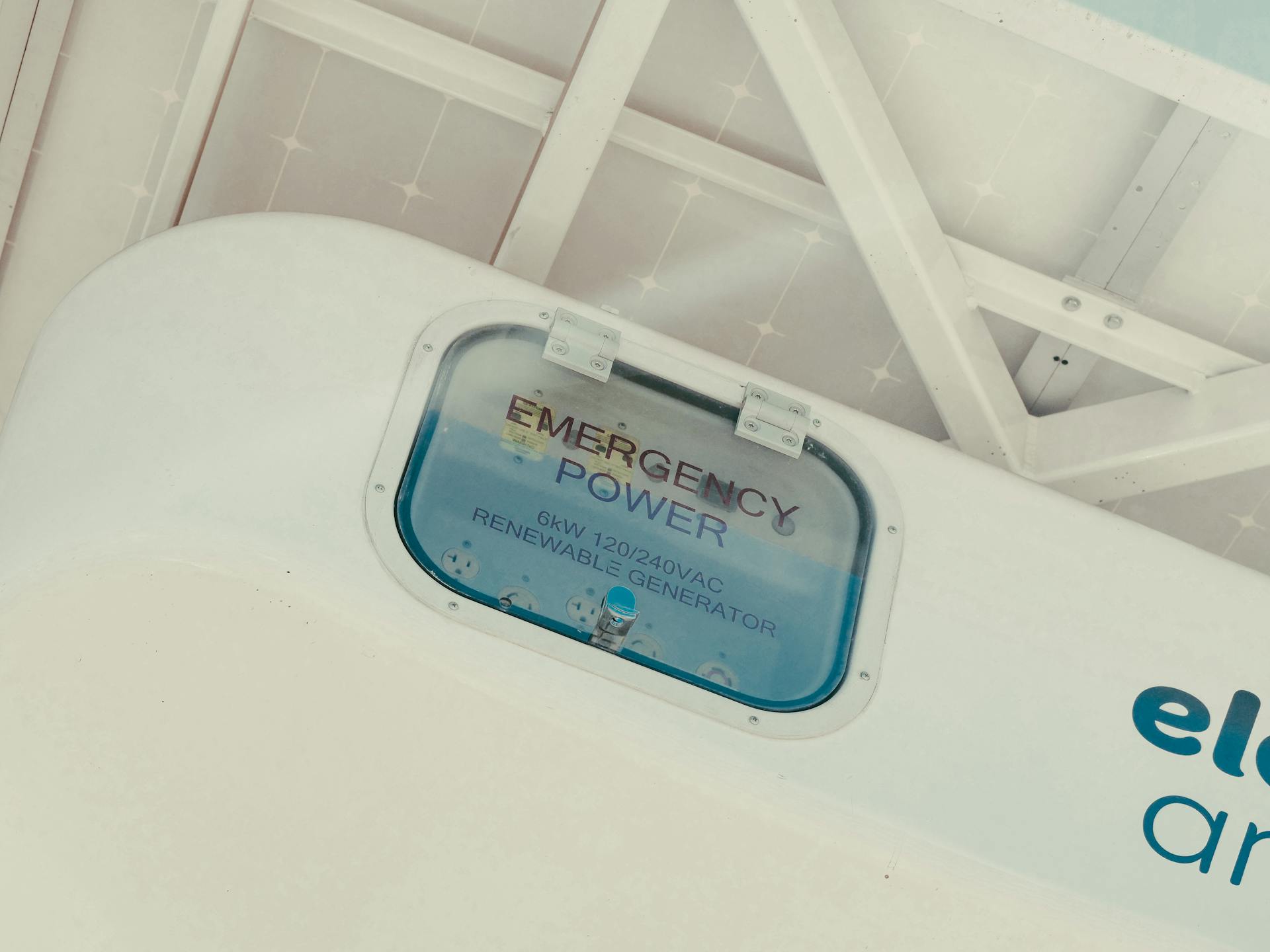
Job order costing is a crucial tool for businesses that operate in a customized manufacturing space. When you are catering to specific customers with tailored products, it can be challenging to determine the exact costs of each job. That's where job order costing comes in. This process allows companies to track the expenses associated with each individual project on a per-job basis.
You may be wondering how exactly job order costing works and why it is so important for your business. Well, let's dive in! Job order costing involves breaking down all of the costs associated with a particular job, including labor, materials, and overhead expenses. By doing this, you can accurately determine how much each project is costing your company and whether or not it is profitable.
In this article, we'll explore everything you need to know about job order costing and how it can transform your business. From understanding the basics of how job order costing works to implementing best practices for accurate cost tracking, we'll cover it all. So if you're ready to take your business to the next level and improve your bottom line, keep reading!
Expand your knowledge: Costing Methods
How Does Job Order Costing Work in Business?
Job order costing is a method of cost accounting used by businesses that manufacture bespoke products customized for specific customers. Unlike delivering standardized products, job order costing tracks the costs incurred for each specific order separately, ranging from direct raw materials to indirect labor and overheads. For example, let's assume a business is producing bespoke premium furniture. Each furniture piece would be considered as a separate job, and job order costing would enable the business to track the costs incurred to produce each unit separately.
To make the idea clearer, let's compare it with its opposite end. Furniture IKEA produces standardized, identical furniture pieces in huge quantities using IKEA's make-to-stock workflow. In this case, standard costs are assigned to each product before production begins based on the manufacturing process step, known as an approach costing. However, in job order costing, businesses assign costs on a per-job basis just like producing bespoke premium furniture.
Overall, job order costing is a useful way for businesses to track their costs when manufacturing unique products tailored to their clients' needs. By using this method of cost accounting, businesses can allocate overhead expenses and other indirect costs accurately while keeping track of material usage and direct labor expenses required for each specific job or project.
Take a look at this: Ac Generator Cost
Selecting the Right Costing Method: Why It Matters

Costing methods are an essential element in every business operation. Choosing the correct costing method is vital to determine your product or service cost accurately, which will ultimately help you improve your profit margin. Job order costing is a popular approach used by many businesses worldwide that allows them to track and analyze different costs associated with each unique job they perform.
The main differences between job order costing and other costing methods are the level of detail required, the amount of record keeping involved, and the time consumed while executing this process. Therefore, it is crucial for businesses to select the right costing method based on their requirements and budget constraints. By doing so, they can keep their accounting records up-to-date, avoid any discrepancies in cost calculations, and make informed business decisions. In conclusion, selecting the right costing method plays a significant role in determining your business's success or failure. Incorporating these business tips into your operations can help ensure that you choose the most suitable approach for your organization's financial goals.
A unique perspective: How Much Does Heavy Equipment Operator School Cost
Why Every Business Needs to Know About Job Order Costing

Job order costing is a vital tool that every business should be familiar with. This system helps companies create quotes by precisely determining the costs of materials, labor, and manufacturing equipment, making it easier for them to make a profit. By monitoring machine usage, job order costing helps companies identify areas where they can reduce costs and optimize efficiency.
With job order costing, overhead is allocated based on actual usage, which provides an accurate picture of the company's overall expenses. The data collected through this system enables the company to determine which jobs are most profitable and which procedures or staffing may need adjustment. The information obtained from job order costing empowers businesses to make data-driven decisions that can help them save time and money in the long run.
In conclusion, every business needs to know about job order costing because it allows them to accurately track costs and identify areas for improvement. By using this system, companies can create more precise quotes and make informed decisions that will ultimately lead to increased profitability. Overall, job order costing is an essential tool for any company looking to stay competitive in today's marketplace.
Which Manufacturing Approach is Best: Push or Pull?
Push manufacturing is a traditional approach where the production process starts before there is a customer's order. This method involves producing products in large quantities and then pushing them into the market to find buyers. On the other hand, pull manufacturing is a modern approach that delivers physical products only when there is an actual demand or customer order. This means that businesses using pull manufacturing can save on inventory management costs.
Pull Manufacturing has been found to be more efficient than push manufacturing. Companies that use pull manufacturing only produce what they need, which reduces waste and saves money. Pull manufacturing ensures that customers receive exactly what they want, when they want it, meaning here's no need to stockpile products in inventory just in case someone might purchase it later.
In conclusion, any business must decide whether to use push or pull manufacturing based on their unique needs and goals. However, if you're looking for cost-effective solutions and improved customer satisfaction, then pull manufacturing should be your go-to option. It ensures minimal waste and boosts efficiency while prioritizing customers' needs. These are vital business tips that every entrepreneur should consider for successful operation of their business in today’s dynamic market environment.
Readers also liked: Quickbooks Raw Material Inventory
Job order costing vs process costing

Job order costing and process costing are two common methods used in accounting to determine the cost of production. Job order costing is used when producing unique products in small quantities, such as bespoke furniture shops or cabinet makers. Process costing is generally used for standard products produced in large quantities, like those found at IKEA or Coca-Cola.
Job order costing involves assigning costs to each individual item produced, whereas process costing assigns costs to each stage of the production process. In job order costing, each product undergoes a specific set of tasks that are unique to that product. This means that the cost of producing one item may be significantly different from another item.
On the other hand, process costing calculates the cost per unit by dividing the total cost incurred during a specific period by the number of units produced during that period. This method assumes that all units produced are identical and undergo the same series of processes. Although there are differences between job order and process costing, both methods aim to provide accurate information about the cost of production so businesses can make informed decisions about pricing and profitability.
Worth a look: Purchase Order Process
Job Order Costing: Weighing the Pros and Cons
Pros and cons of job order costing include the ability to accurately allocate costs to specific jobs, which can help with pricing decisions and identify areas for cost reduction. However, it can be time-consuming and complex to implement, especially in businesses with a high number of small jobs. Additionally, it may not be suitable for businesses that produce standardized products or services. Overall, job order costing can be an effective method for businesses that require detailed cost information for each individual job they perform.
1. Advantages:
Job order costing is a cost control tool that helps compare the actual cost of a present job executed with similar job records from past records. This approach is job based, and it helps companies to determine the profit earned after each project. Job costing can also give businesses an idea of the future employment required for similar projects.
A significant advantage of job order costing is that it allows for precise tracking of costs per project. The system enables businesses to know the exact expenses incurred in executing a given task, which ultimately allows better pricing decisions in future jobs. Additionally, by reviewing previous job costing data, companies can identify areas where they can reduce their expenses and improve overall profitability. Overall, adopting job order costing can be instrumental in improving financial management and decision-making within organizations.
2. Disadvantages:
Disadvantages of Job Order Costing:
Job costing involves daily and specific job-wise recording of all cost elements such as materials, labor, and overheads which requires close supervision and clerical work. It is a time-consuming process that demands a detailed listing of all expenses incurred for each product. Additionally, the accuracy of job costs depends on market conditions and past records, making it an unreliable method during fluctuating market situations.
Moreover, job costing requires a mix of hard skills and soft skills such as leadership skills, teamwork skills, communication skills, organizational skills, personal skills, interpersonal skills, decision-making skills, negotiation skills, creative thinking skills, adaptability skills among others. This hybrid set of abilities is essential to conduct an internal analysis to determine the most profitable jobs or products. Thus, it can be challenging to find employees who possess these desired traits, making recruitment a daunting task for employers.
3. Recent Job Searches
Job order costing is an essential topic that everyone should be well informed about. As the job market continues to evolve, it's important to stay up-to-date on the latest trends in job searches. Some of the most popular job searches recently include registered nurse jobs resume location, truck driver jobs resume location, call center representative jobs resume location, customer service representative jobs resume, delivery driver jobs resume location, warehouse worker jobs resume location, account executive jobs resume location, sales associate jobs resume location, licensed practical nurse jobs resume location and company driver jobs resume.
For those who are just starting their job search journey or considering new career paths, related posts and topics guides can be a great resource. In addition to important social media skills that can help you stand out from other candidates when applying for positions in today's competitive job market. It's also important to research major-specific salaries and skills needed for specific positions so you can tailor your resumes accordingly. It's always best to come prepared when applying for any job!
Frequently Asked Questions
What kind of companies use job costing?
Job costing is commonly used by companies that provide customized products or services, such as construction firms, advertising agencies, and consulting firms.
Do I need a job order costing system?
If you need to track the costs of each job or project separately, then a job order costing system may be necessary for your business. It can help you determine accurate pricing and profitability by allocating direct and indirect costs to each specific job.
How is job costing calculated?
Job costing is calculated by adding up all the direct and indirect costs associated with a specific job, including labor, materials, overhead, and any other expenses incurred during the job.
What are some examples of Job costing?
Some examples of job costing include construction projects, custom manufacturing, and professional services where costs can be directly attributed to a specific customer or project.
What is the formula for job order costing?
The formula for job order costing is to divide the total manufacturing cost by the number of units produced. This provides a per-unit cost, which can then be used to determine the price of each product.
Featured Images: pexels.com


